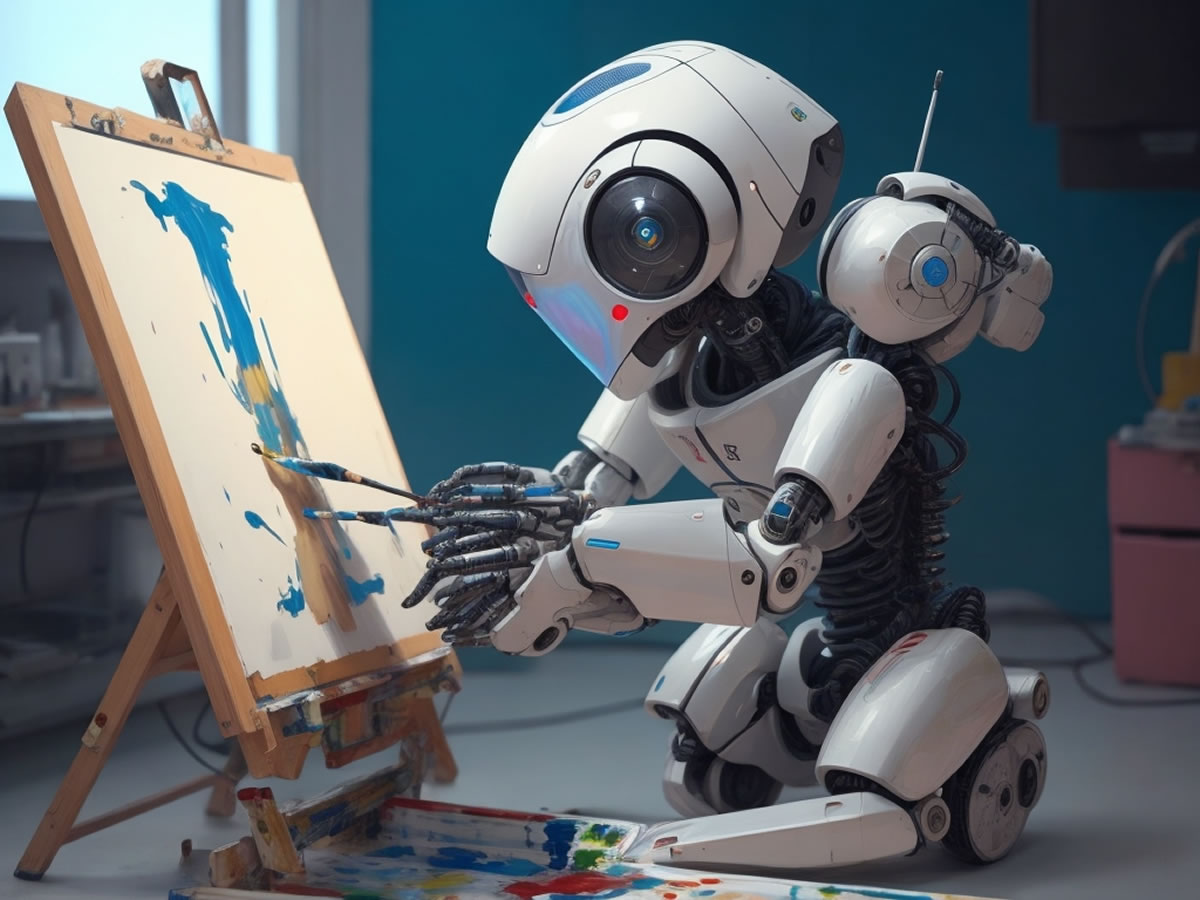
In the rapidly evolving world of digital art and design, AI-driven tools are revolutionizing the way we create and visualize our ideas. AI art can help artists create beautiful artworks faster, while also enabling non-artists to easily generate stunning graphics. Among them, Midjouney and Stable Diffusion are two popular algorithm models, and some new forces like Leonardo AI are emerging on this basis. Their purpose is to help users quickly generate high-quality images of all kinds, but each has its pros and cons. So how should we choose? Let me make a detailed comparison of MidJourney, Stable Diffusion and Leonardo.

Midjouney can generate high-quality images of all kinds. Its biggest pro is platform-based operation with low learning costs for all users. Users don't need to master any coding skills, just enter various prompt words and MidJourney can quickly generate artistic images such as characters, animals, buildings, etc.
Pros: Easy to use. No coding skills required Cons: Not free! $10 per month also deters many people.

Stable Diffusion can help users generate more complex images. Unlike Midjouney, Stable Diffusion is an open source technical architecture that requires users to build their own platforms and training various models by themselves, so they can generate images that better meet their needs. Hardware requirements: At least 16GB of memory Nvidia graphics card with at least 10GB VRAM
Even if your hardware is eligible, using Stable Diffusion AI art requires some technical background and practical experience. To use Stable Diffusion AI art, you first need to understand basics like deep learning and neural networks, and be proficient in Python programming skills. At the same time, you also need to learn how to use AI frameworks like TensorFlow and PyTorch, and how to use Stable Diffusion AI art tools for image generation and tuning.
Pros: Better images for specific purposes ( example: game development industry )
Cons: Expensive to set up & super hard to master!

Leonardo.AI is a rising new star. It cleverly combines the advantages of both MidJourney and Stable Diffusion, greatly lowering the barrier for users.
Pros:
Leonardo's technology is based on Stable Diffusion, and deeply integrates various Stable Diffusion plugins, such as ControlNET's openpose posture reference, local redrawing, prompt hints, and even provides the ability to train your own models online. This reduces Leonardo's development costs.
Leonardo learns from MidJourney's platform experience and builds itself into an image generation platform. Users don't need to master coding skills or build their own hardware platforms. They just need to log in to Leonardo's website and enter prompt words to generate images.
Leonardo provides many very beautiful fine-tuning models, such as Pixel Art for pixel style, RPG 4.0 for character expertise, and even Battle Axes specifically for axes. This is very different from Midjouney's huge V5 model.
Leonardo optimizes the prompt editing module. When users don't know what prompts to fill in, just fill in a keyword and it can automatically derive multiple options as alternatives. When users see a picture they really like, it can directly analyze what model and prompts were used to generate that image, so you can directly click copy prompt to replicate it.
And most importantly, Leonardo provides free tokens to each user, 150 tokens per person per day, which can generate about 50 images. If you are not a high-frequency mad user, it can basically meet the needs of ordinary users. It's like you can use it for free forever.
Cons: 150 free token per day is not enough for professional users.

MidJourney, Stable Diffusion & Leonardo AI are definitely one of the best choice in AI image generating tools. Each of them has some pros together with some cons.
The progress in this field of AI art is advancing rapidly day by day. I believe there will be major changes again in the next 6 months to a year, and more powerful tools will emerge. More and more image resource websites ( Transparent PNG ) also benefit from AI image generation tools. We can compare and share again at that time.




